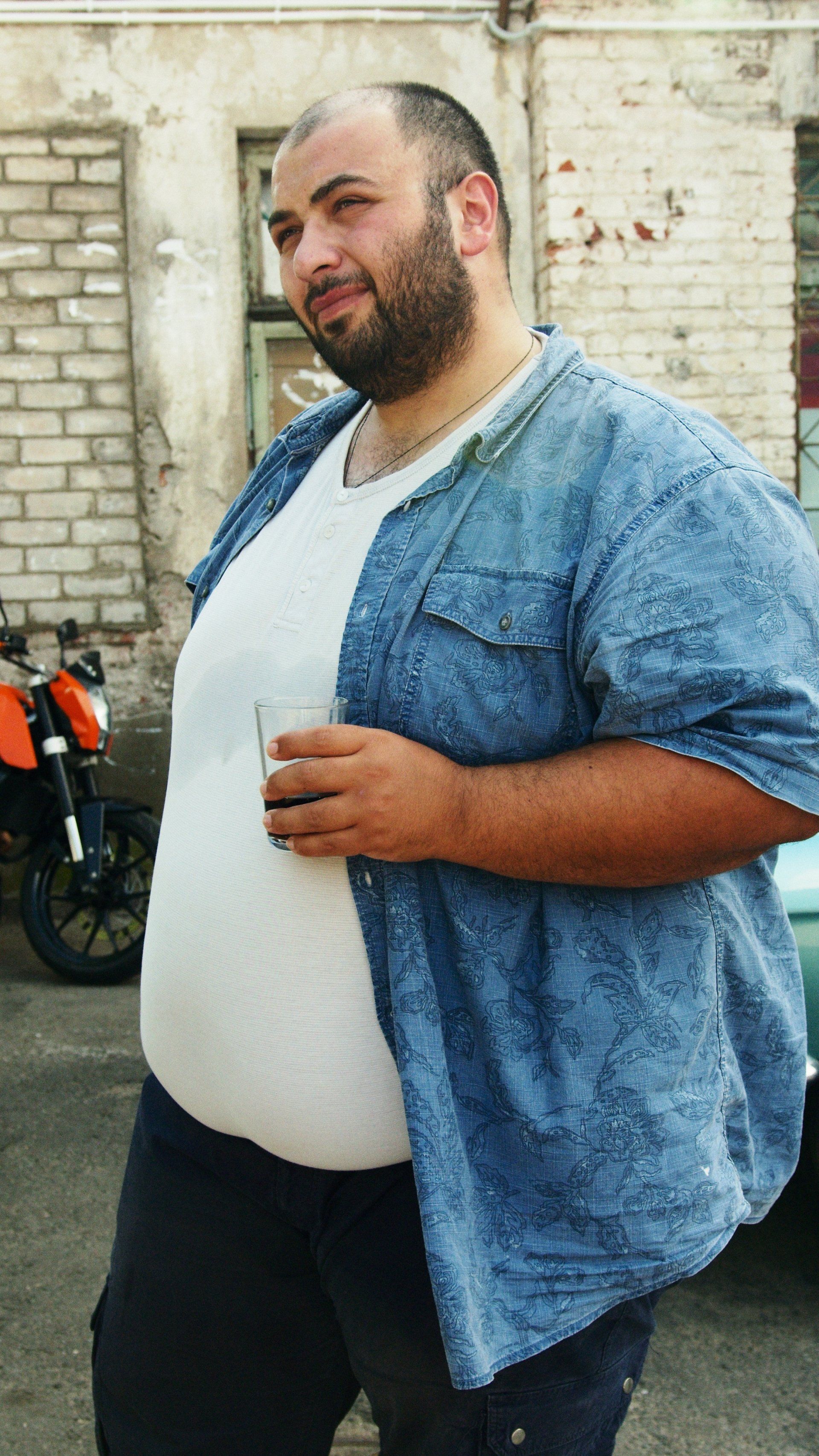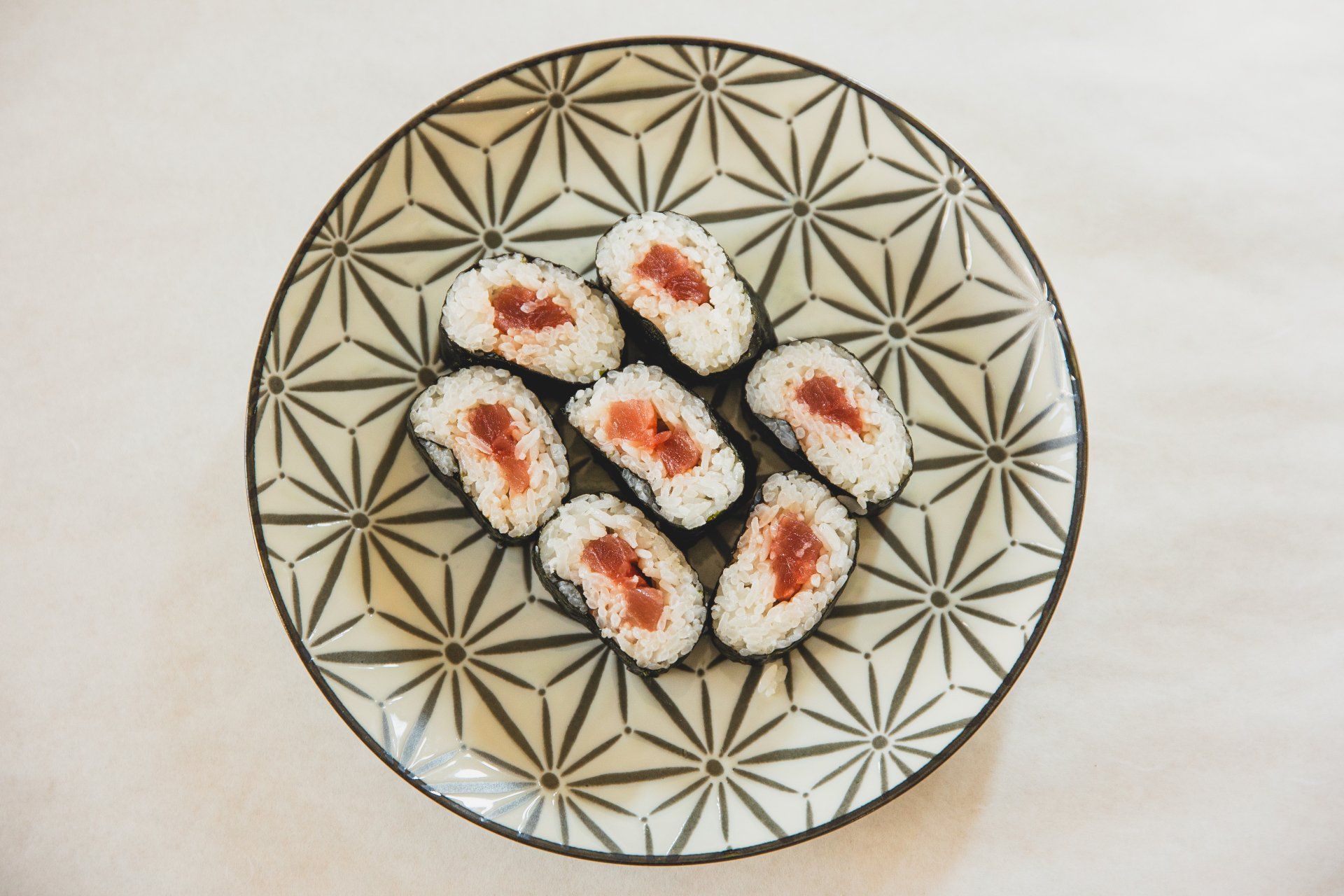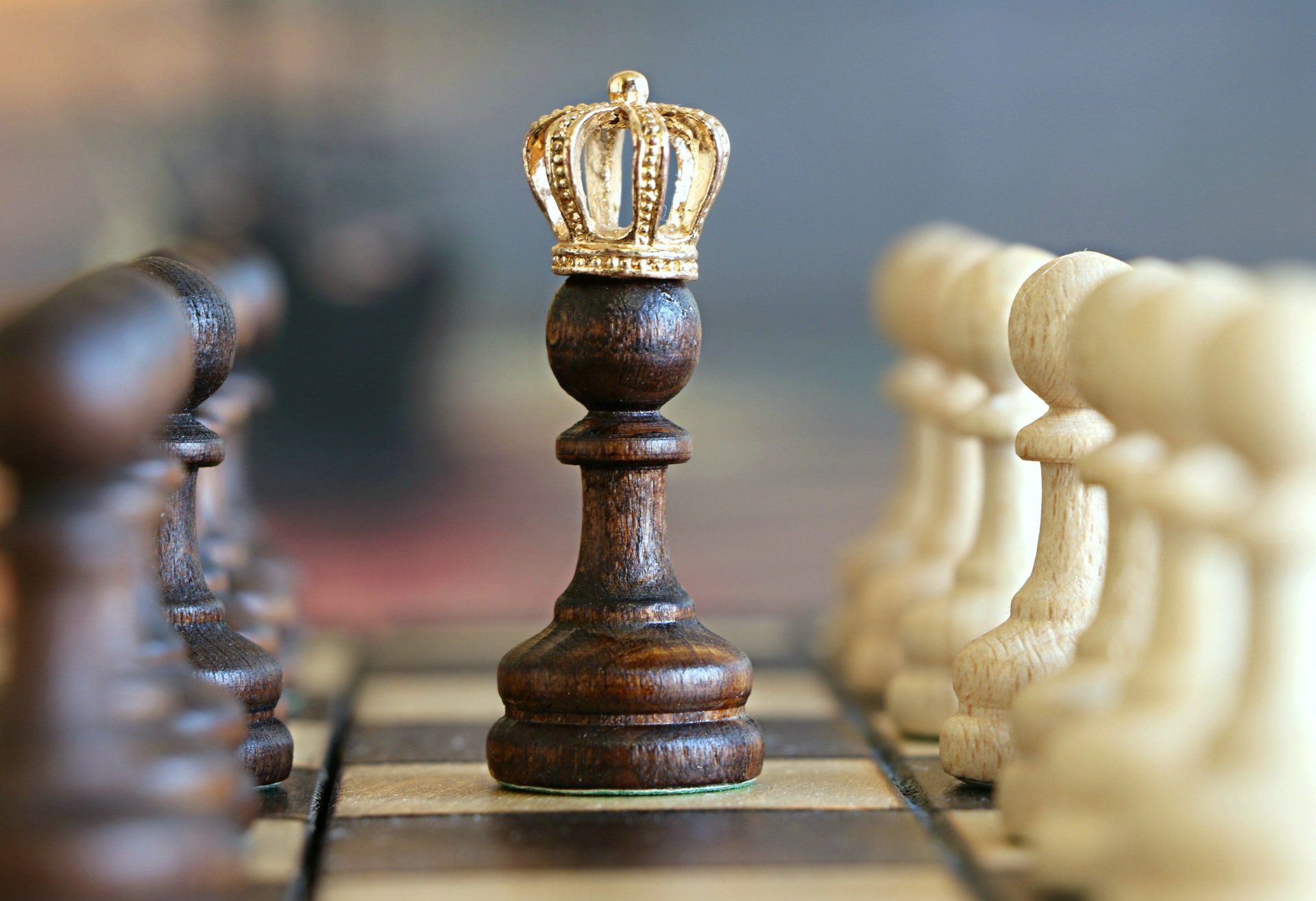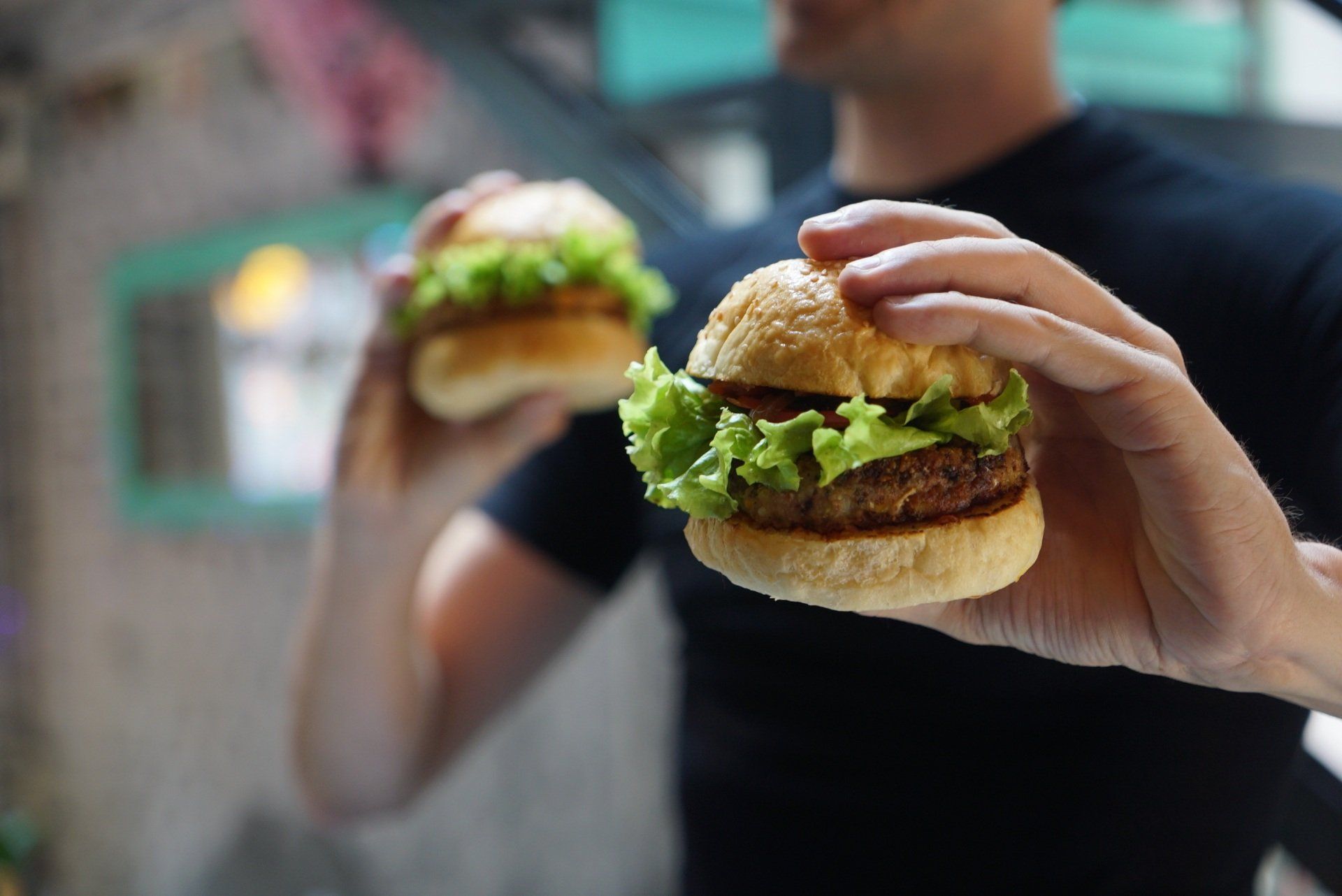Intuitive Eating For Losing Weight: A 30 Second Tool
In this lesson, you’re going to learn how to use a remarkably simple tool to manage cravings for unhealthy food.
Most of us open the dieting toolbox and fight cravings with worthless instruments —willpower, self-control, and self-discipline. We white-knuckle our way through, but over time we cave like a coal mine.
Are caving or resisting our only options? Are we doomed to ping-pong between indulgence and resistance in a vicious cycle of all-or-nothing eating?
No. There’s a better way.
INTUITIVE EATING FOR WEIGHT LOSS
It’s a delayed gratification tool known as “Postponement of the Goods.” like our last delayed gratification technique, this one is also based on the pioneering work of psychologist Walter Mischel. You remember him and his famous marshmallow experiments?
Well, Postponement of the Goods is based on Mischel’s work, only with a terrific twist. First, let’s understand what’s wrong with the way the dieting mentality currently uses delayed gratification.
Typically, we’ll say something like, “I’ll forego this burger and fries now so I can be healthier and thinner later.”
What could possibly be wrong with that kind of trade? A lot.
That burger and fries you’re obsessing about? It’s got the emotional intensity of a NASA spaceshot. Every emotion is engaged, every sense deployed. You can hear the burger sizzling and see the juices running.
You can smell the aroma and feel the buns. You’ll literally salivate for the reward. And memories? Oh, boy, too many to mention. What are the chances you’re going to be drenched in pleasure? 100%.
And when will you have this thrilling experience?
Right now.
Now, let’s talk about what You’re Getting In Return for NOT eating the burger and fries.
WEIGHT LOSS THROUGH MINDFUL EATING
That desire for better health and a rockin’ body? Yes, you want them, badly. But the images are faint, fuzzy, and flickering. They’re playing on an old black and white TV set while the cheeseburger plays on an Imax 5k Ultra High-Definition screen.
Worse, you can’t quite picture what better health looks like. Few emotions are engaged, fewer senses deployed.
And memories…what memories? Is there such a thing as a memory of better health?
And exactly when are you going to receive this reward? A month from now? Three months? A year?
Can a future dream of body confidence compete with the present reality of that burger?
How convinced are you that your sacrifices will result in a body worthy of a Tik-Tok video thirst trap? As convinced as the pleasure you’ll get from eating the cheeseburger?
One last thing. Are you salivating for better health and a better body the way you are for that cheeseburger?
Here’s my point: Intellectual abstractions in the future can’t compete…
with visceral emotions in the present. The goods we’re trying to exchange are so imbalanced we’d be fools to make the trade.
And indeed, we rarely do. For delayed gratification to work the trade must be balanced. What you’re getting must be pretty darn close to what you’re giving up in terms of pleasure, intensity, memories, immediacy, and the certainty that you’ll get it.
INTUITIVE EATING TRAINING
If you pay close attention to Walter Mischel’s experiments, you’ll note…
he didn’t ask the children to delay eating the marshmallow in favor of an abstraction like going to Six Flags sometime in the future.
He asked them to delay the pleasure of eating marshmallows in exchange for what? Two marshmallows (more pleasure). And, importantly, within a very short window of time.
Now that’s a fairer trade; the kind worth making.
Now, obviously, we can’t trade a burger for two burgers and lose weight. But we can tweak Walter Mischel’s work to our advantage.
See, the premise of the marshmallow experiment was to trade food now for a better experience of it later. So…could we have a better experience of a burger without doubling the number we eat?
YES. And that insight is what drives our delayed gratification technique, Postponement of The Goods. In the next lesson, you’re going to learn how to use it on a daily basis.










